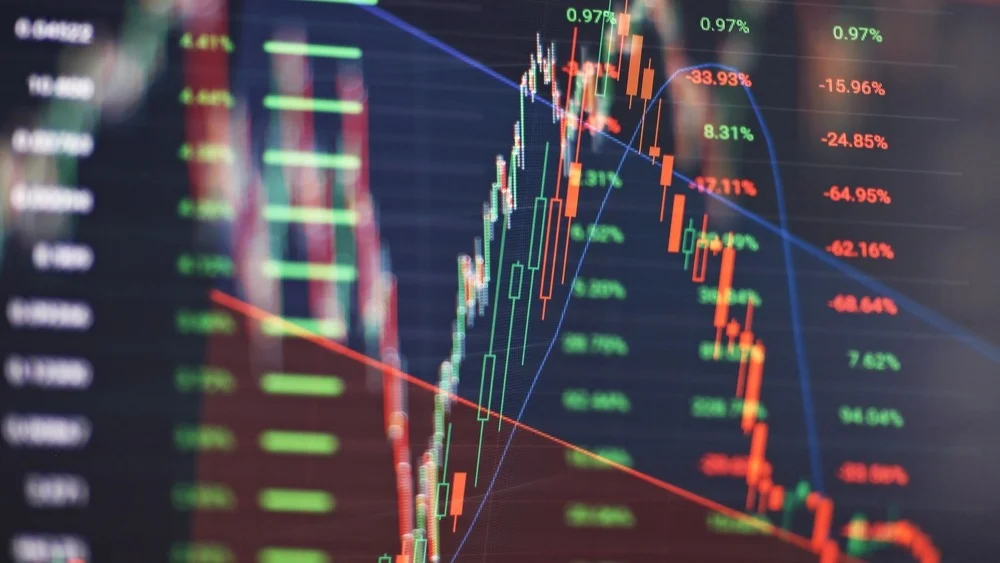Investors ignore analysts and take risks in the market: why is this happening?
Risks remain high despite the S&P 500's rise, so it's better to invest in more stable companies, Wall Street says

Retail investors ignore all the signals and appeals of Wall Street analysts and actively invest in risky assets. For example, the Invesco exchange-traded fund, focused on stocks with high volatility, shows the best quarterly dynamics over the last five years compared to the "protective" ETF. Investors' appetite for risk has increased amid market gains and the main U.S. index, the S&P 500, approaching a new record. What is driving traders and are larger investors supporting the trend?
Details
Retail investors are actively betting on the most volatile and risky segments of the market, reports Bloomberg. The Invesco S&P 500 High Beta ETF, which focuses on "hot" stocks with high volatility, has posted its best quarterly performance since 2020 compared with a fund of "defensive" securities, the Invesco S&P 500 Low Volatility ETF. The Goldman Sachs index, which tracks the performance of companies with weak balance sheets, also posted its best monthly performance relative to the S&P 500 since September, the agency added.
Interest in risky assets has increased in parallel with optimism in the broader market: investors are now betting on further progress in trade negotiations, and tensions in the Middle East are easing, пояснил Пол Стэнли из Granite Bay Wealth Management.
Risks in the market remain high, but investors continue to ignore the warnings of analysts, writes Bloomberg. The pause in U.S. duties may end in two weeks, the country's economy shows signs of slowdown, consumer confidence is declining, and the geopolitical situation remains tense, adds the publication. In such conditions, Wall Street strategists, on the contrary, recommend to be especially careful with low-quality securities and focus on companies with stable financial indicators that can survive sudden shocks.
"Starting in July, the outlook for [economic] growth will be negative," Warned Goldman Sachs managing director Louis Miller. - High inflation, which is likely to persist through the fall, could slow the economy, and this will hit the least resilient and most sensitive market segments hardest." According to Miller, the rise in stocks in the lower-quality part of the market is due to shorts covering positions rather than positive corporate performance. Goldman believes it is worth keeping an eye on non-profitable technology companies, where price gains are not backed by earnings. Also, "meme" stocks remain under attack.
Why retail investors continue to take risk
"This is the beginning of the FOMO [fear of missed profits] phase, which almost always occurs late in a sustained bull market," Julian Emanuel, chief equity strategist at Evercore ISI, explained in a Bloomberg statement. - It's surprising how quickly investors have rushed back into speculative trades, especially when you remember how pessimistic the market was just a couple months ago, and the general economic uncertainty hasn't gone away."
As soon as tensions with duties began to subside, investors focused again on the main topic - artificial intelligence, added Keith Lerner, chief investment officer at Truist Advisory. He estimates that earnings for companies in the S&P 500 could rise 8 percent this year, while the IT sector could grow nearly 21 percent. "When it's unclear what to expect from corporate reporting, investors are drawn to sectors with a clear long-term trend," Lerner summarized.
Large investors do the opposite
While retail investors are ignoring analysts' calls, institutional investors, on the contrary, are becoming more cautious and increasing the protection of their portfolios. They fear a sell-off similar to the one that occurred last August. Back then, fears of slowing global economic growth coincided with seasonally low trading volumes, leading to sharp swings in financial asset prices around the world. The situation is similar now: the ceasefire in the Middle East seems fragile, oil prices are fluctuating, and Donald Trump's trade policies are still unpredictable.
This article was AI-translated and verified by a human editor
